
Recently retired Ernie Rodrigues (Pic – Supplied)
For 39 years, Ernie Rodrigues served South African racing as a Stipendiary Steward, the last 15 of those as Chief Stipe in the Western Cape.
He carried out his duties with quiet professionalism and a strong sense of fairness. Never one to seek the spotlight, he kept to himself in a sport where tempers flare and egos jostle for position.
Mild-mannered and measured, he dealt with people, not just procedures. He never leaned on bureaucracy or demanded authority, yet few ever questioned the authority he commanded. To many, he represents the last of a certain kind—the “old-school” stipe whose integrity did the talking. Now retired, Ernie will be remembered as a man with character, and always with the good of the game in mind.
Ernie believes his grounding as an active sportsman stood him in good stead for the demands of his career as a stipendiary steward.
A proud old boy of Durban High School, he was a natural all-rounder, excelling across the sports fields and earning provincial colours in rugby, cricket, soccer, and hockey.
That early exposure to teamwork, discipline, and the pressures of competitive sport helped shape the calm, even-tempered approach he became known for in racing circles.
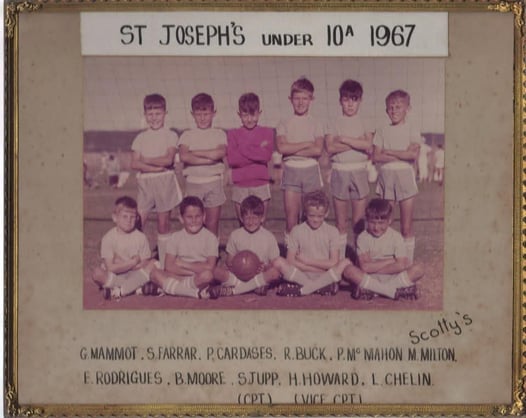
A 1967 U/10 team photo: Note Ernie on the left, Stephen Jupp, captain (Pic- Supplied)
He played U/10 league soccer in Durban with the late Dave Durant, who’d become chief stipe in Gauteng many years later, and also played against and alongside Paul Lafferty, later a successful trainer and one of the most recognisable faces in the local industry. “Laff was as funny then as is he now, talented on the soccer field and a stalwart of camaraderie and gamesmanship off the field,” Ernie recalled.
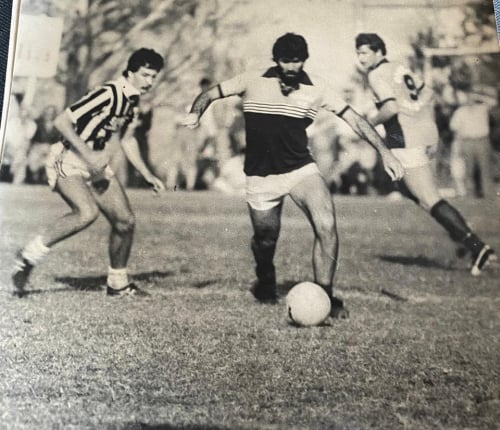
Paul Lafferty in his heyday as a soccer player (Pic -Supplied)
Ernie himself was such a gifted player that, in 1975, he was offered a contract by Johnny Giles to join Leeds United, who had just returned to the Premier League. Though a move to the UK never materialised, Ernie’s loyalty to Leeds has lasted ever since, perhaps a bittersweet reminder of what might have been.
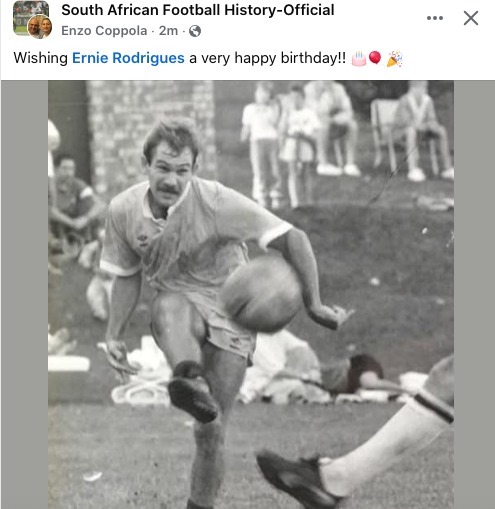
Ernie Rodrigues the footballer (Pic-Supplied)
In later years, he also played indoor soccer, often alongside another racing personality, goalkeeper Dave Goss, and earned selection for the South African Indoor Soccer Team. The team was set to tour Hungary, but the trip was cancelled due to the ongoing sports moratorium on South African teams at the time.
After finishing school in 1977, Ernie joined the South African Police Force on a sports bursary.
But a serious ankle injury sidelined him for nearly three years, bringing his soccer ambitions to a halt and nudging him toward the world of horseracing.
“My father owned a good horse called Statesman, who won many races, so I always had an interest in racing,” Ernie told.
“As a lad, I used to sit on the infield at the 200m mark at what is now Hollywoodbets Greyville and watch the horses thunder by. I remember Yataghan quote well.”
He was trying his hand at computer programming when he landed a part-time gig as a photo identifier for Computaform.
The racing magazine’s ‘FotoForm’ section for previous meetings were inserted into each new edition. Ernie had to label the 400m, 200m and finish photos for all races after each meeting and send them on to Johannesburg on a late flight, for the publication’s deadline purposes.
Racing administrator Basil Jenman noticed Ernie diligently going about his work and offered him a three-month trial as a stipendiary steward, working under Chief Stipe Dudley Feldman, with a strong focus on race reading.
He soon secured a permanent position during an era that featured some of the profession’s most prominent names — Rudi Diener, Barry Patterson, Dave McGillivray, Harold Taylor, Johan Petzer, and Shaun Parker.
Many of them went on to enjoy international success: Taylor and Petzer remain in senior positions within Australian racing, while Parker now serves as the Chief Stipendiary Steward for the British Horseracing Authority (BHA).
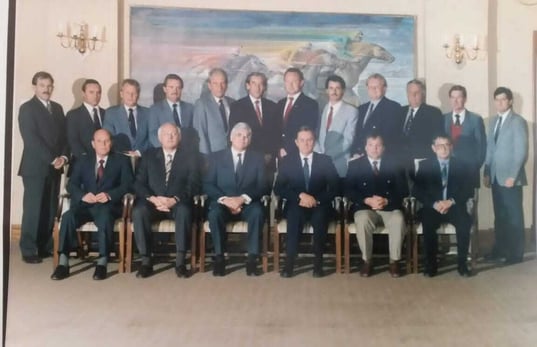
Stipendiary Board in 2000. Ernie on the far left (photo: supplied)
“In those days, every racing region, or province, was run by a Local Executive consisting of elected stewards. Basil Jenman, Benji Jonsson and Gerry Drummond were the members of the Natal Executive I got to work closely with. They were gentlemen of the game, top people, pro Jockey Club and always concerned with the image of racing,” Ernie recalled.
Ernie said the respective Local Executives met once a month to address pertinent issues and resolve any problems. “If there was one difference back then, it was the greater respect, both among officials and from the public towards officials. That same unity is lacking today.”
Ernie believes a sense of humour — a vital attribute in an industry that can grow dark and intensely serious — has gradually faded from the modern game.
He recalled one particularly funny incident during his days as a stipendiary steward, when he regularly flew from Durban to Port Elizabeth for Friday meetings at Arlington or Fairview.

“The PE race official at the time was Mrs James, and the starter was a man named Bertie. One day, about five minutes before a race, a dog ran onto the track. Mrs James asked me to get one of the handlers to chase it off, and an announcement was made: ‘This race will be delayed, as we have a handler on the track chasing a dog.’
“But the handler wasn’t quite up to the task. The dog was more determined than expected. A few minutes later, we had to make another announcement: ‘There will be a further delay to this race as the dog is now chasing the handler!’”
Another colourful incident that stands out in Ernie’s memory involves fellow stipe Barry Patterson. “Barry had his eye on a pair of white gumboots he’d seen on sale and eventually gave in and bought them. One rainy day, he came waddling into the parade ring wearing them, but he was walking oddly. Turned out he’d accidentally bought two left boots.
“To avoid drawing attention from cameras or curious onlookers, Barry casually shifted over and planted one foot in a flower bed, as if everything was perfectly normal. We all had a good chuckle.”

In 2010, Ernie was appointed Chief Stipendiary Steward in Cape Town by Vee Moodley, who was then the Racing Executive at the NHA.
One particularly memorable incident during his time in the Cape involved a trainer who was caught administering a Schedule 7 substance to one of his horses. “Strangely enough, at that very time, the South African Medical Council had suspended that specific substance for a two-week period. The trainer won his appeal on this technicality, and the charges had to be dropped.”

Another memorable afternoon came ahead of the 2020 Queen’s Plate at Kenilworth, when an unexpected string of equipment issues caused a lengthy delay at the start. Two runners lost shoes, which already held things up. There was a bush fire and we were worried about visibility. And then, chaos nearly broke out.
“The bridle on Justin Snaith’s runner, Do It Again, broke,” Ernie recalled. “Then word came through that Hawwaam’s bridle might also be faulty.”
With tension mounting and frustrated trainers gathering around him, Ernie faced a dilemma. “We only had one replacement bridle, and it had just been fitted to Do It Again. I was sweating, seriously considering using the lead pony’s bridle for Hawwaam just to get the race going.”
Then, finally, some good news: “The starter radioed in to say Hawwaam’s bridle hadn’t broken after all. It had simply slipped off and had been refitted. That was a huge relief.”
During his tenure, Ernie witnessed significant changes in Cape racing, including two changes in ownership.
Reflecting on his time there, he said: “Cape racing is like a family. I made lasting friendships with officials, trainers, and jockeys. I believe the Cape is an awakening giant. They’ve made impressive progress, and I’m hopeful that with Owen Heffer’s involvement, we’ll see the same kind of momentum in KwaZulu-Natal. I’ve never met a more humble man. I remember Owen from the days when he was selling black-and-white copies of Winning Form outside the gates at Greyville.”
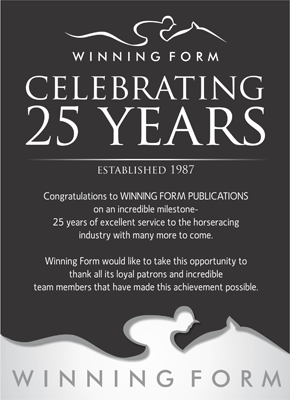
He explained that stipendiary stewards don’t always initiate objections themselves, unless there are clear transgressions, or visible discontent after a race. “Sometimes we watch how the connections react, what the trainer does after the race, or how the jockey carries himself during and after the finish. We try not to waste time,” Ernie said.
He believes the advent of social media has added significant pressure to the role. “In the last decade, scrutiny has intensified. Stipes are constantly judged and rarely supported, which makes an already tough job even harder.”
Ernie believes there are master tacticians among jockeys, riders who sometimes operate ‘close to the edge.’ He opined: “I’ve seen and dealt with some of the very best over the years, including Jeff Lloyd, Felix Coetzee, Richard Fourie. But the one who stands out for me is Anton Marcus. He was a brilliant tactical rider who wasn’t afraid to push his luck when it mattered.”
Please read more bly clicking on image below:
Have Your Say - *Please Use Your Name & Surname*
Comments Policy
The Sporting Post encourages readers to comment in the
spirit of enlightening the topic being discussed, to add opinions or correct
errors. All posts are accepted on the condition that the Sporting Post can at
any time alter, correct or remove comments, either partially or entirely.
All posters are required to post under their actual name and surname - no anonymous posts or use of pseudonyms will be accepted. You can adjust your display name on your account page or to send corrections privately to the Editor. The Sporting Post will not publish comments submitted anonymously or under pseudonyms.
Please note that the views that are published are not necessarily those of the Sporting Post.
1 comment on “The Stipe Who Balanced Rules and People”
Leave a Reply
‹ Previous



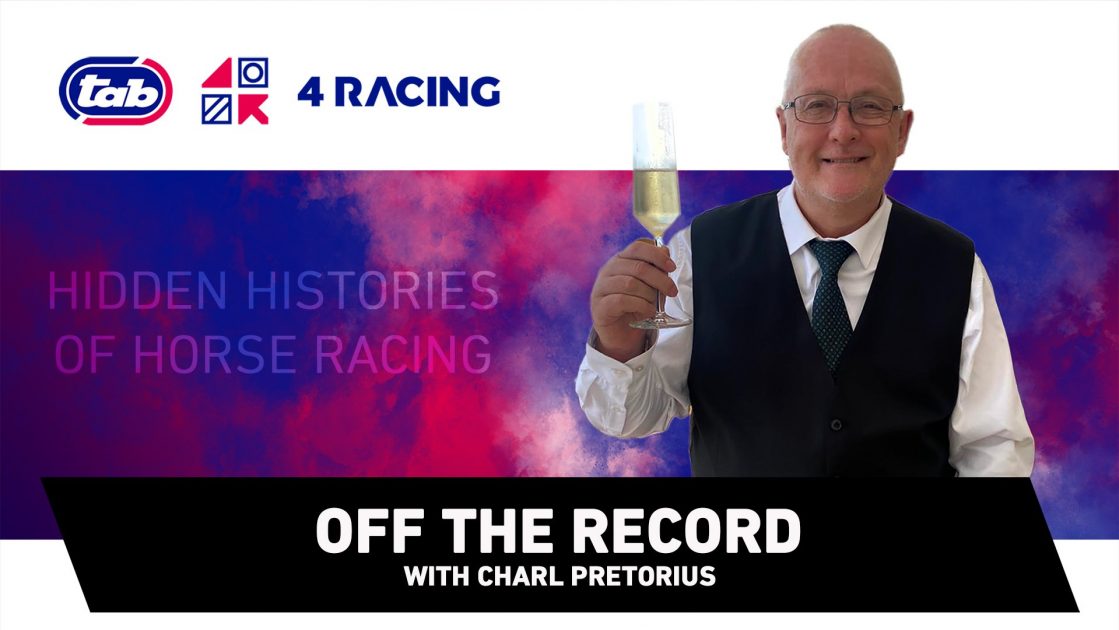
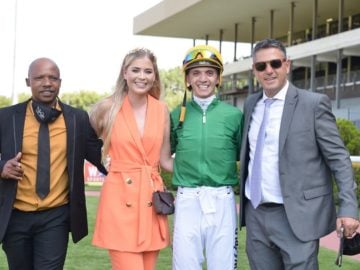
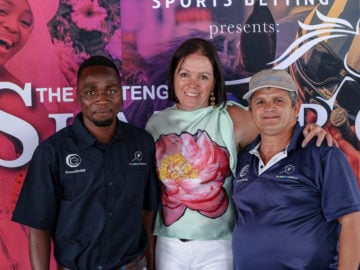

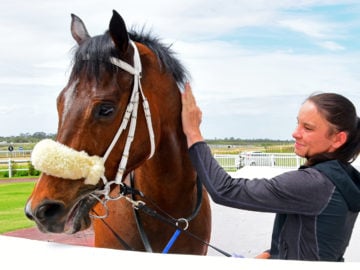
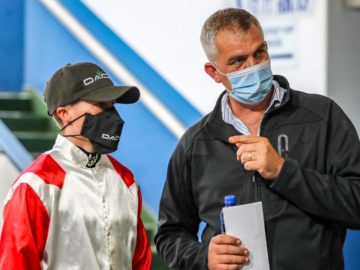



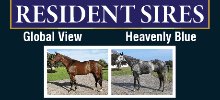
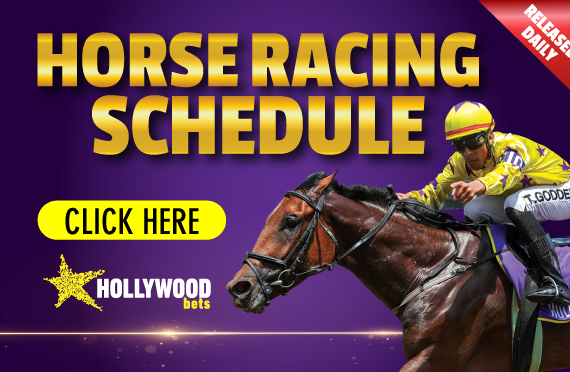
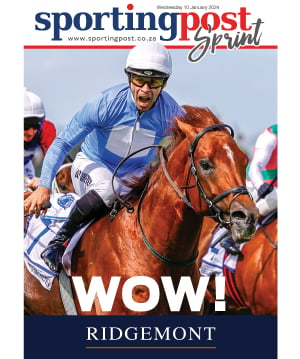
An outstanding article about a man who had been an excellent stipe ; yet remained a warm, amusing and compassionate human being.
A happy and blessed retirement to you, Ernie.